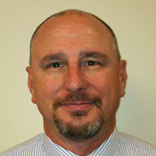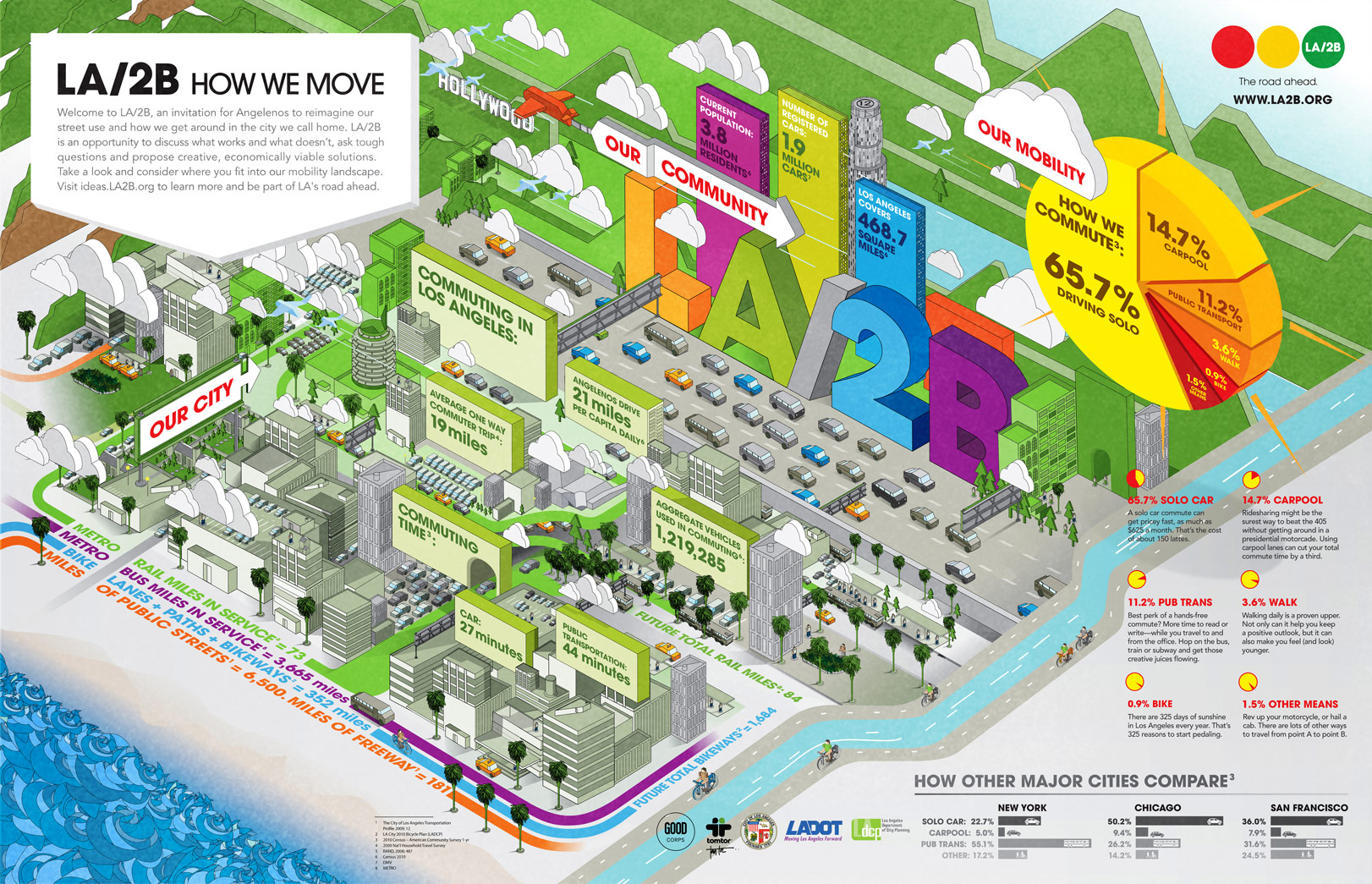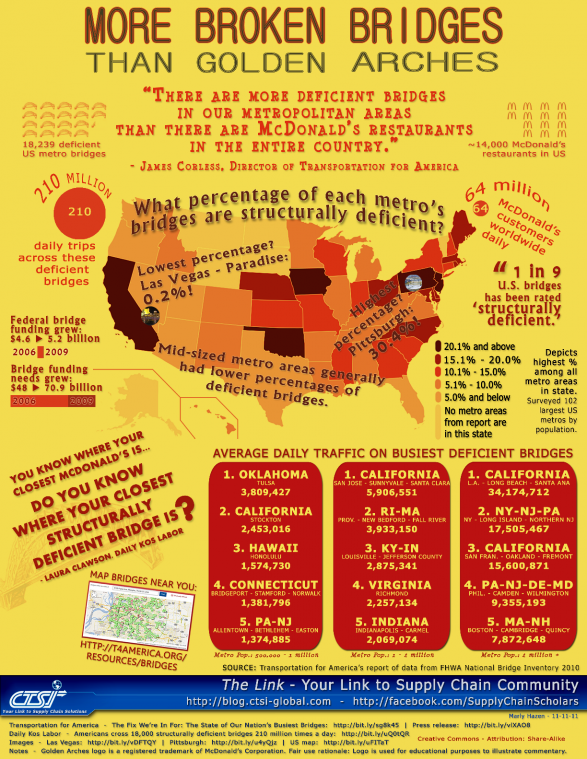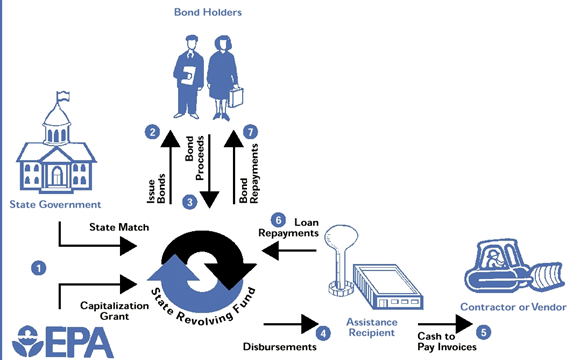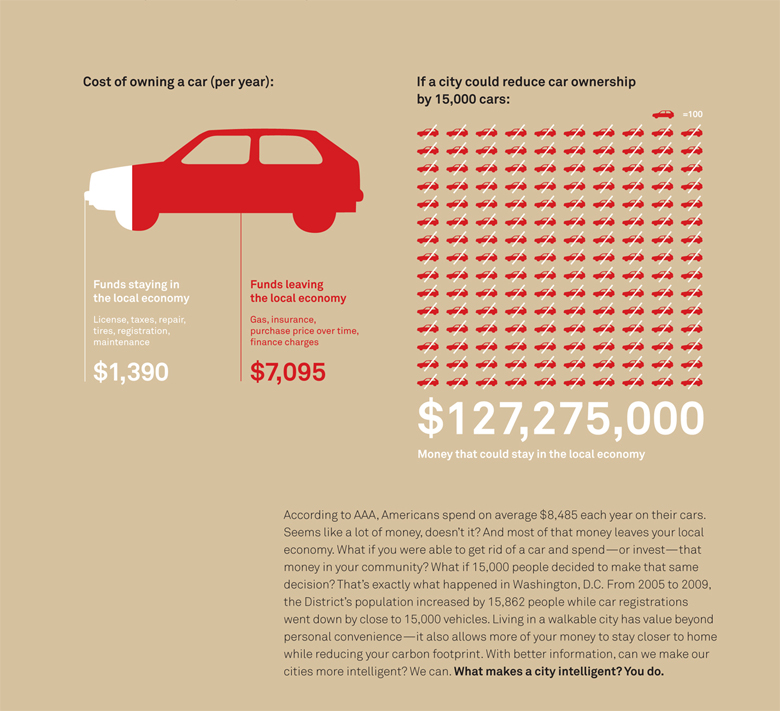Thug Life! India’s Member of Parliament Publicly Kidnaps Toll Plaza Staff; Argues With Police; Goes Scott Free
(Source: Times of India)
If you crib about American politicians breaking the rule of law, you have to meet Mr. Najot Sidhu, a colorful politician in India and a current Member of Parliament. He was also one of the celebrated cricketers from a decade ago. Though he has been involved in a series of egregious violations over his colorful career, he somehow managed to get away. Until now. But what he did today deserves serious jail punishment. Let’s see what he did.
Today, Mr. Sidhu kidnapped a security guard at a Toll Plaza! Yep. You heard me right. According to reports seen on leading Indian newspaper Times of India, it all began when the guard, Chenchu Ramaiah, allegedly hurled a stick at Sidhu’s car which whizzed past the Venkatachalam toll plaza at Tallampadu village in Doravarisatram mandal without showing any ID proof or payment of toll fee. This led to a crack in the windshield. An enraged Sidhu came back to the plaza, overpowered Ramaiah and another guard and bundled them into his vehicle. If that is not enough, Mr. Sidhu and his entourage drove to a meeting with the two kidnapped toll plaza staff. Local police who were alerted about the situation, intervened and tried to pacify the politician. Click here to read the entire article.
Wait a minute! Did I hear the word pacify? Is this how police in India are now expected to treat a kidnapper? Isn’t the role of police to arrest such offenders and take them to court? I may be wrong here but I see the actions of Mr. Sidhu are plain breach of law and it can be summarized as a kidnapping and he should be dealt with accordingly. Would the police be “pacifying” a kidnapper had the roles been reversed here – i.e., if the toll plaza guards kidnapped Sidhu and drove him away, and held him against his will for a couple of hours? Would the police be treating the Toll Plaza guards the same way they did with Mr. Sidhu? Arrest his ass and throw him in JAIL! Let him stand in-front of a judge and explain his actions (oh, also don’t forget to prosecute the guards for damaging the vehicle too). If I’m a multinational firm interested in investing in India’s infrastructure such a situation would make me think twice. Incidents of this kind simply undermine investor confidence and erode any faith in the rule of law for citizens and foreigners alike.
For one, this is not what people expect from their elected leadership. India’s Prime Minister Mr. Manmohan Singh and the opposition party leader (BJP party, to which Mr. Sidhu belongs), should come out strongly and condemn this action publicly If anything, reprimand Mr. Sidhu for his actions and set an example. What’s more appalling are the actions of his party man, Mr. Venkaiah Naidu, who is another prominent opposition politician. Mr. Naidu, knowing all well what Sidhu did, intervened to broker peace between the police and Mr. Sidhu instead of letting the police carry out their duty. Press reports say that Mr. Naidu requested the police not to register case against anyone, including Mr. Sidhu. Whattt! Mr. Naidu should apologize to the people of his state for his actions and offer all assistance to the police to investigate this case. That is the least these politicians and government officials can do to show the citizens of India that the law is the same for everyone – be it a minister or a commoner on the street. Anyone who breaches the law should/will be prosecuted to the fullest extent possible. Failure to prosecute Mr. Sidhu would only reinforce the current sentiment among the public – if an offender is powerful or a wealthy politician he can get away with anything.
Note to Sidhu: Mr. Sidhu, you are not definitely the type of leader that India deserves. Your actions are shameful and your theatrics are even more offensive. Stop behaving like a petulant child and behave like a political leader that people want. After all, there are many young kids who grow up aspiring to be you and I hope you don’t lead them astray with such questionable behavior. Next time you approach a toll plaza, make sure to slow down and pay your toll. I’m positive the Indian taxpayers are paying you a handsome salary for your services as a Member of Parliament and you can definitely afford to pay a couple of hundred rupees for a service that everyone else pays. If you do not like slowing down or paying tolls, try catching a bus or even better a train. Oh, and above all don’t forget to render an apology to the poor workers at the Toll Plaza who toil in the baking hot weather all day long just to make ends meet.
Note to the Toll Plaza operators: For crying out loud, install barricades or some other measures to prevent such toll booth violations. If anything, use electronic surveillance equipment to capture the offenders and collect the money electronically. But don’t encourage your staff to throw a stick or a stone at a fast moving vehicle. It’s not only dangerous to the occupants of the vehicle but can also result in such situations where the offenders can get into a quarrel with the enforcers. Work with the police to resolve such violations and please do not encourage your staff to take matters in their own hands.


